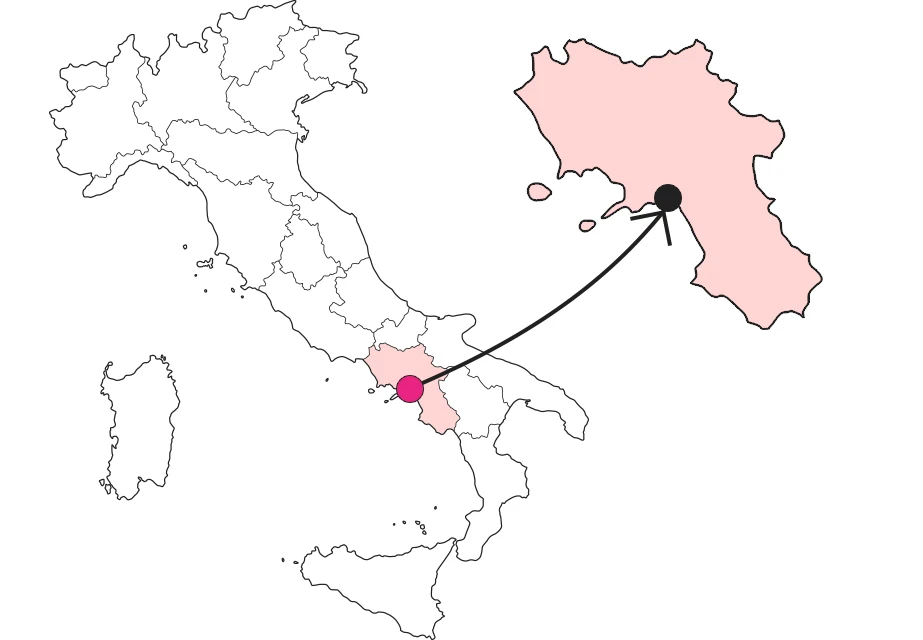SHARRYLAND


Teggiano between art, history and views
The heart of the Vallo di Diano, a UNESCO heritage site



Where is

What it is and where it is
Where does the Vallo di Diano get its name? To find out, one must take a walk through a village unmistakable by its location alone: Teggiano. In the flat territory of the Vallo di Diano, an isolated rise rises, and there the historic center of Teggiano is concentrated. Enclosed in part by the ancient walls, there is a very rich artistic and cultural heritage made up of churches, a castle, and older relics used here and there as salvage components for other buildings. It is very nice to wander around its streets trying to catch traces of the past.
Why it is special
With its central location, it has always been an important center of the area, a hub of culture and major historical events. Right in its castle, for example, the Conspiracy of the Barons against Ferrante of Aragon, King of Naples, was hatched in the 15th century. Through its streets you can breathe in the history and culture of the Diano Valley but, above all, from here you can enjoy an unparalleled view of the surrounding area: you feel almost at the center of the Universe. So much beauty could not fail to merit recognition: together with the Cilento, Vallo di Diano and Alburni National Park, it is a UNESCO World Heritage Site.
Not to be missed
The church of San Francesco is among the most striking in Teggiano. Its stone facade reflects Franciscan simplicity, and the portal bears the date of construction: 1307. Inside, excerpts of 14th- and 15th-century frescoes re-emerge. Stunning is the suspended ceiling, a watercolor-painted wooden structure that boasts a unique beauty, made by the ensemble of skillfully painted forms, and the wood that adds the touch of passing time. A curiosity: this was the only church in the village to remain active even during the Napoleonic era, being dedicated to St. Joachim, "namesake" of Joachim Murat, King of Naples.
A bit of history
There are several hypotheses regarding the founding of Teggiano: some would have it as the daughter of the Greek colonists who arrived from Tegea; some trace it back to the Osco-Sabellian populations, driven here by the expansion of Etruscan civilization; and some still believe it was founded in the 4th century AD by the Lucanians. Over the centuries it was home to many powerful families who were no strangers to many military events: this is also why the village was provided with walls and a castle.
Curiosity
But ultimately, what does the name "Teggiano" have to do with "Vallo di Diano"? In fact, Teggiano comes from the Latin name of the town, "Tegianum," and was adopted in 1862 in response to the request made to the municipalities of the Vallo di Diano by the newly formed Italian government to avoid homonyms with other Italian municipalities. Prior to this fact, the village had been called Diano itself since the fifth century AD, and it was he who gave the name to the surrounding area.
Enter the Map of Italy's Undiscovered Wonders and find treasures where you least expect it... Inspire, Recommend, Share...
Collections
The Map thanks:
Enter the Map of Italy's Undiscovered Wonders and find treasures where you least expect it... Inspire, Recommend, Share...
Where is

Collections

